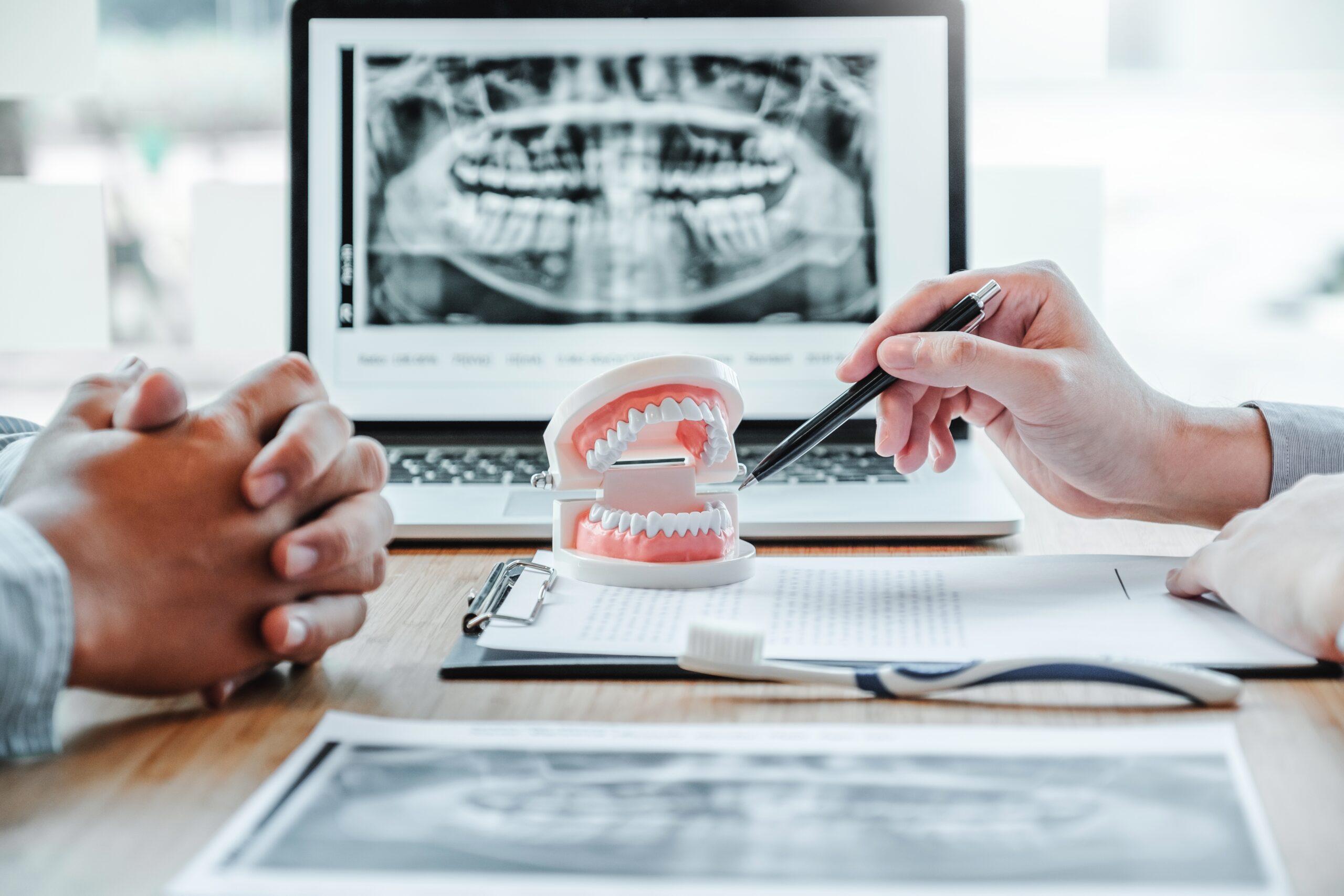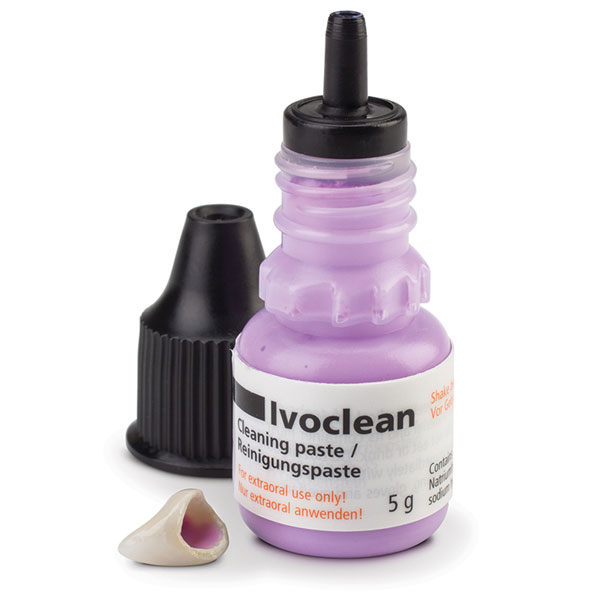The Pre-Clinical Interview – Part 1
The Pre-Clinical Interview – Part 1
Laura Harkin, DMD, MAGD
I am a third-generation, restorative dentist in New Holland, Pennsylvania, which may be best known for its blue, New Holland tractors. I own my grandfather’s and father’s dental practice where I am the sole provider for approximately 1,000 patients. My dental team consists of two hygienists, two assistants, and two front office administrators.
I graduated from dental school in 2008 after short careers both in the actuarial sciences and as a stay-at-home mom. In 2010, I purchased my practice and signed up for my first course at The Pankey Institute. Note, my father also studied at the Institute when it first opened its doors in the early 70’s. One of my greatest challenges, early in my career, was learning how to diagnose oral conditions, develop and present treatment plans, and execute that treatment via phases. I found it quite overwhelming to simultaneously manage multiple, complex cases. Now, I love sharing my experience and the approach I’ve found works best for me.
Above all, I’ve learned that in the midst of daily pressures in dentistry, we need to maintain our own health and strength to properly treat our patients and lead our teams. Surrounding ourselves with knowledgeable, positive, and compassionate colleagues helps!
Knowing ourselves is as important as knowing our patient.
Dr. L. D. Pankey’s Cross of Dentistry supports the belief that knowing oneself is of equal importance to knowing a patient whom we choose to treat. This challenge forever evolves because no person remains unchanged with time. I frequently evaluate my strengths and weaknesses as a provider, team leader, and mentor. At the same time, I ask myself what aspects of patient care and business management I excel at and most love to do. I can then choose my specialist team accordingly and empower my office team to best support me.
Together we ultimately provide a better product and higher level of care.
To prepare specifically for the treatment planning process, my team helps me gather key information and clinical records from a patient for a comprehensive evaluation. After a thorough analysis, I carefully craft written documentation which will help educate my patient, my team, and the specialist team I’ve chosen. An added benefit is its ability to serve as legal documentation.
I always ask a team member to join me during treatment plan presentations. They bring another set of ears and eyes so that we may better understand a patient’s motivating factors as well as the challenges they may face in receiving treatment. We encourage open and honest conversations and understand that treatment plans evolve to fit the needs of individuals.
How do we get to know our patients?
In addition to gathering a thorough health history and dental history, we are seeking to learn more about our patient’s chief complaint, perception of their current state of oral health, desires for treatment, and barriers to care.
We listen intently for clues to identify a patient’s communication style. I’ve always heard that we have two ears and one mouth for a reason. I practiced with my father for two years and once, after observing me, he said, “Laura, you do far too much talking. You need to really listen to what your patients are sharing.”
I’ve had to develop the skill of active listening. To stay in the question and become comfortable with silence takes practice. Some observations that I try to make in order to effectively communicate and build a relationship with a patient are as follows:
- Do they seem to enjoy conversing or are they responding with short answers in order to get through the interview quickly?
- Do they readily ask questions and express thoughts, or are they quiet and need to be invited and prompted to share?
- Are they amiable?
- Are they distrustful or fearful due to past dental experiences?
We need to intentionally verbalize our empathy when we’re in conversation with a patient to help them recognize that they’re being both heard and understood.
It is beneficial to understand a patient’s background. For example, what have they done in life? What do they love to do? Who is important in their life? Sharing in these conversations will help build a rapport, lead to improved doctor/patient communication, and can help to begin a trusting relationship.
Does the patient have limitations such as the ability to drive to appointments, afford dentistry, or find time for treatment? Do they need to discuss their oral health condition and treatment options with a trusted family member before making a decision?
Understanding these answers helps us to not only provide respectful and resourceful solutions but also limit inaccurate assumptions. This knowledge is especially helpful in my third-generation practice, where I have many elderly patients who are dealing with health issues, multiple medical appointments, and scheduled drivers. Their desire is to simply make a careful decision for an oral rehabilitation which fits their objectives and abilities.
Do we hear the desire for treatment? When speaking with an existing patient, I can often recognize signs of interest to move forward with previously recommended treatment. At that point in time, I often ask, “Why now?” The answer helps me clarify their chief concern(s) so that we can move forward fittingly.
In Part 2 of this series, we will explore additional techniques to clarify our patient’s desire for oral health and long-term, oral stability.
Related Course
Mastering Dental Photography: From Start to Finish
DATE: October 29 2026 @ 8:00 am - October 31 2026 @ 12:00 pmLocation: The Pankey Institute
CE HOURS: 19
Regular Tuition: $ 2995
Single Occupancy with Ensuite Private Bath (per night): $ 355
Dental photography is an indispensable tool for a high level practice. We will review camera set-up and what settings to use for each photo. All photos from diagnostic series, portraits,…
Learn More>








